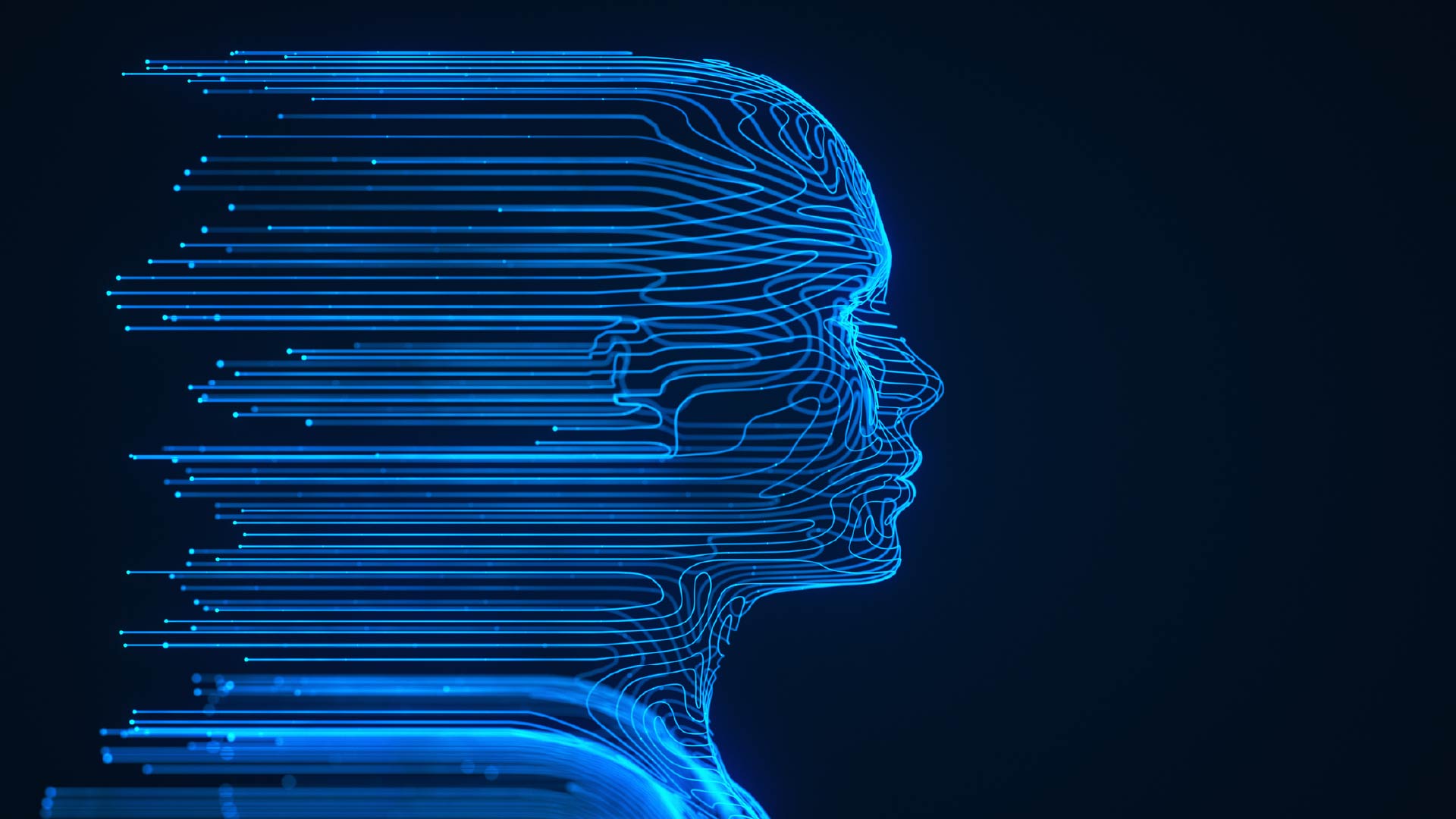AI Thinking Machines Are The New Cyber Security MVPs
Cyber risk thinking machines are emerging as game-changers in the fight against cyber threats. With global cyber crime costs projected to hit $10.5 trillion annually in 2025, business leaders are searching for every possible advantage to safeguard their organizations. At their core, cyber risk thinking machines are AI-driven systems built for analysing and mitigating cyber risks. Unlike traditional security software, which is often more reactive to attacks, these systems absorb vast streams of data – from network activity to real-time threat intelligence – to continuously improve anomaly detection. These systems also deploy data management techniques such as graph databases to discover deeply interconnected devices and hidden attack surfaces – leveraging tools like BloodHound – and evaluate how emerging threats could impact business operations or financial performance.
Cyber risk thinking machines hold significant promise for digital security, but AI also introduces new risks that must be managed. According to IBM's Cost of a Data Breach Report, 59% of firms now use AI for security risk assessment and scoring. Early results show significant benefits; AI and automation have been found to save organizations around $2.2 million in data breach costs on average, while cutting incident detection time by more than 100 days. Ironically, a major driver of adoption is AI itself. Advanced and autonomous AI-enhanced threats – such as the abuse of large language models (LLMs) to aid in criminal hacking activities or the use of clever code to evade detection – are increasingly requiring AI-enhanced defences.
Thinking machines are able to monitor and respond to unfamiliar attack patterns in real time, at a speed human teams often can’t match. With the shortage of cyber security talent, AI systems can serve as a force multiplier, automating routine analysis and freeing up experts to focus on high-level decision-making and long-term strategy. Platforms like X-Analytics’s ARIA AI are also redefining risk quantification by integrating cyber threat intelligence with financial impact data, enabling executives to prioritize mitigation efforts based on real business impact. Meanwhile, autonomous response technology from Darktrace offers the capability to neutralize a novel zero-day ransomware, stopping malware two hours before any damage could occur. This software detected and stopped Akira ransomware attacks in March 2023.
To stay informed on strategic risk management technology innovation, subscribe to the Verdantix Risk Management newsletter.
About The Author

Elizabeth Babalola
Senior Analyst





